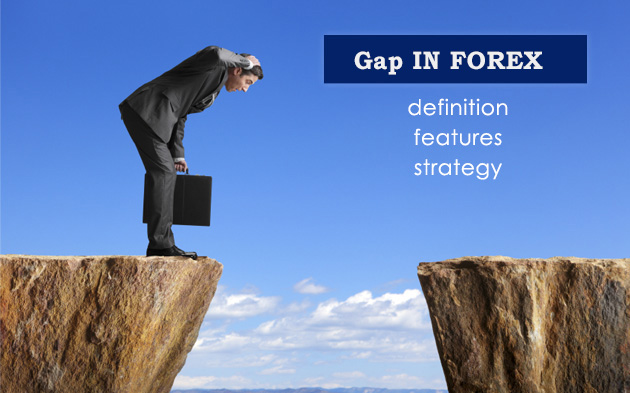

2022 Perhaps the most popular way to explore the canyon is via a boat tour that meanders down the river, allowing visitors to gape up at the imposing rock walls. The opinions of the author are not necessarily those of Farm Futures or Farm Progress.Recent Examples on the Web: Verb The sheer neck-craning nature of the blast, leaving fans and players alike to stare up and gape as the ball hurtled a fraction right of the foul pole, was something to marvel at.Īndy Kostka, Baltimore Sun, 3 Sep. All information presented is researched and believed to be true and correct, but nothing is 100% in this business. Contact him at (937) 605-1061 or Read more insights at No one associated with Wright on the Market is a cash grain broker nor a futures market broker. Wright is an Ohio-based grain marketing consultant. A small gap of 1¼ cents was not “filled,” nor was the buy order filled because the order was a half cent below the low for the day. The market traded into the gap that day down to $7.42¾. You can see the gap was almost filled, but not quite. Note the little box to the right on the spring wheat chart below.

The rally continued higher the rest of the summer to $9.53. Bummer! The guy was a genius, right? Made $1,350 per contract, right? He was a genius, but no, he did make $1,350 that day! The low trade into that gap that day was to $7.42¾, a half cent above his buy order. On June 9, the spring wheat price got deep into the gap, more than a dollar below the contract high made just two days previously and then rallied like a rocket to settle 27 cents above the low for that day. It seemed like a good move at the time given the way the price was falling because rain was on the way for the Canadian Prairies. He placed an order to buy in the gap at $7.42¼, just three-quarters of a cent from the bottom of the gap. On June 7, September spring wheat was falling like rock from a new contract high of $8.45¾.Ī client who wanted to get long (buy) spring wheat recognized that June 1 gap from $7.41½ to $7.50. On June 1, 2021, spring wheat gapped higher on the opening leaving a whopping 8½ cent gap. But his order was easily filled two days later when the gap was “filled”, which he regrets to this day. 13, 2020 I had a client who wanted to sell December corn at $3.41½, a half cent below the bottom of the gap (a rather aggressive sell order) formed in mid-July, but the high that day was only $3.40¾, so his order to sell at $3.41½ could not have been filled. I think it is more of a self-fulling prophecy that anything else. A year or two or three later, as the price approaches an unfilled gap, the “magnet effect” definitely returns. I think that is true for the day a gap is created and perhaps as much as three months later, but the “magnet effect” is pretty well dissipated after three to six months. Many technicians think a gap acts like a magnet, pulling the market toward it and, until the gap is filled 100%, that magnet will always be there.The safest buy order is at a price at the bottom of the gap, which is not likely to be filled the first time the price moves into the gap. If the market is trading above a gap, the gap is an area of support, meaning as the price declines toward the gap, progressively more “buy” orders will be encountered, providing “support” for the price.The safest sell order is at a price at the top of the gap, which is not likely to be filled the first time the price moves into the gap area. If the market is trading below the gap, the gap is an area of resistance, meaning the closer the price comes to the gap, progressively more sell orders will be encountered, “resisting” the uptrend of the price.The technical significance of a gap is that: Later in August, December corn “ gapped higher.” Take a look at the chart below with boxes around the two gaps: Note the low on the July 10 was 1¾ cents higher than the high the next business day, July 13. On Friday, July 10, 2020, December 2020 corn traded a low of $3.43¾. On Monday, July 13, 2020, that contract traded a high of only $3.42 as the market “ gapped lower.” The lowest price of one trading day is higher than the highest price of the next trading day.The highest price of one trading day is lower than the lowest price for the next trading day, or.One of the technical indicators of significant value is a “ gap” on the daily price chart of vertical bars showing the high and low price range traded for each day.Ī gap is created on the daily price chart when:


 0 kommentar(er)
0 kommentar(er)
